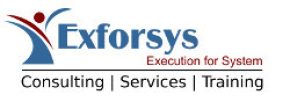Risk Management Master Plan
The risk management master plan (RMMP) is a critical part of risk management. The RMMP is a powerful tool which offers organizations a framework and processes for implementing risk management within their system structure. It is capable of protecting many of the resources which are most important to organizations, including their communication equipment, computers, and networking systems. At the same time, the RMMP is very versatile and can be used whenever software is being developed. It can be used with both the new legacy systems and the older ones. The…
Read More
